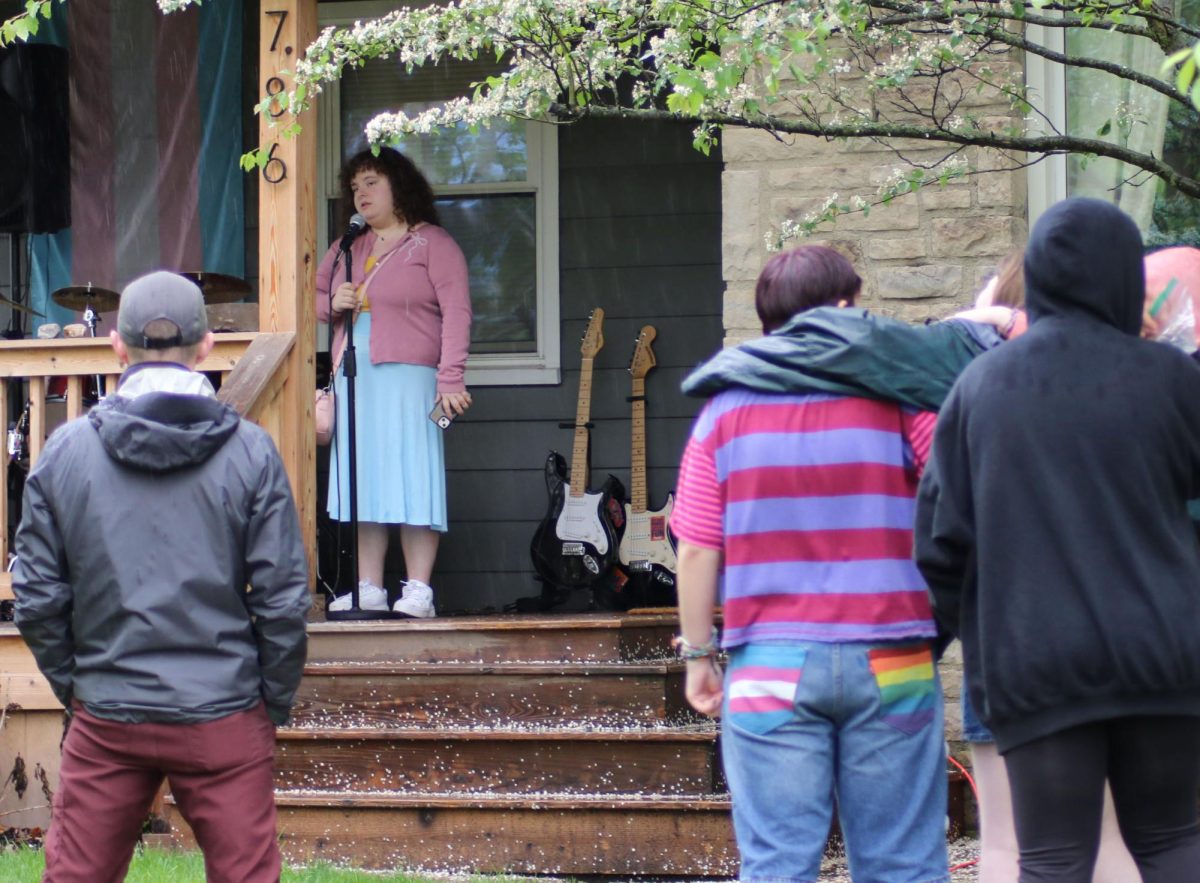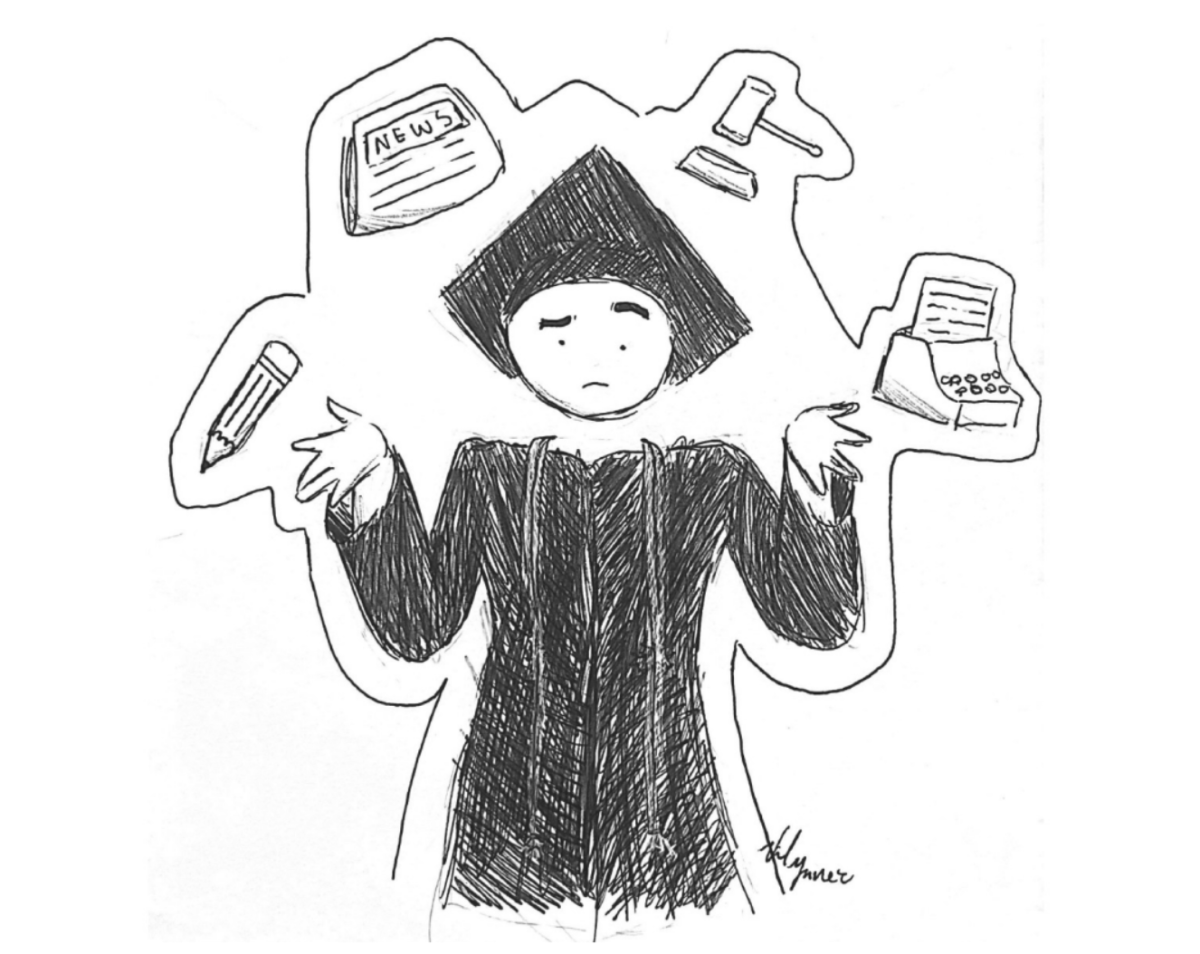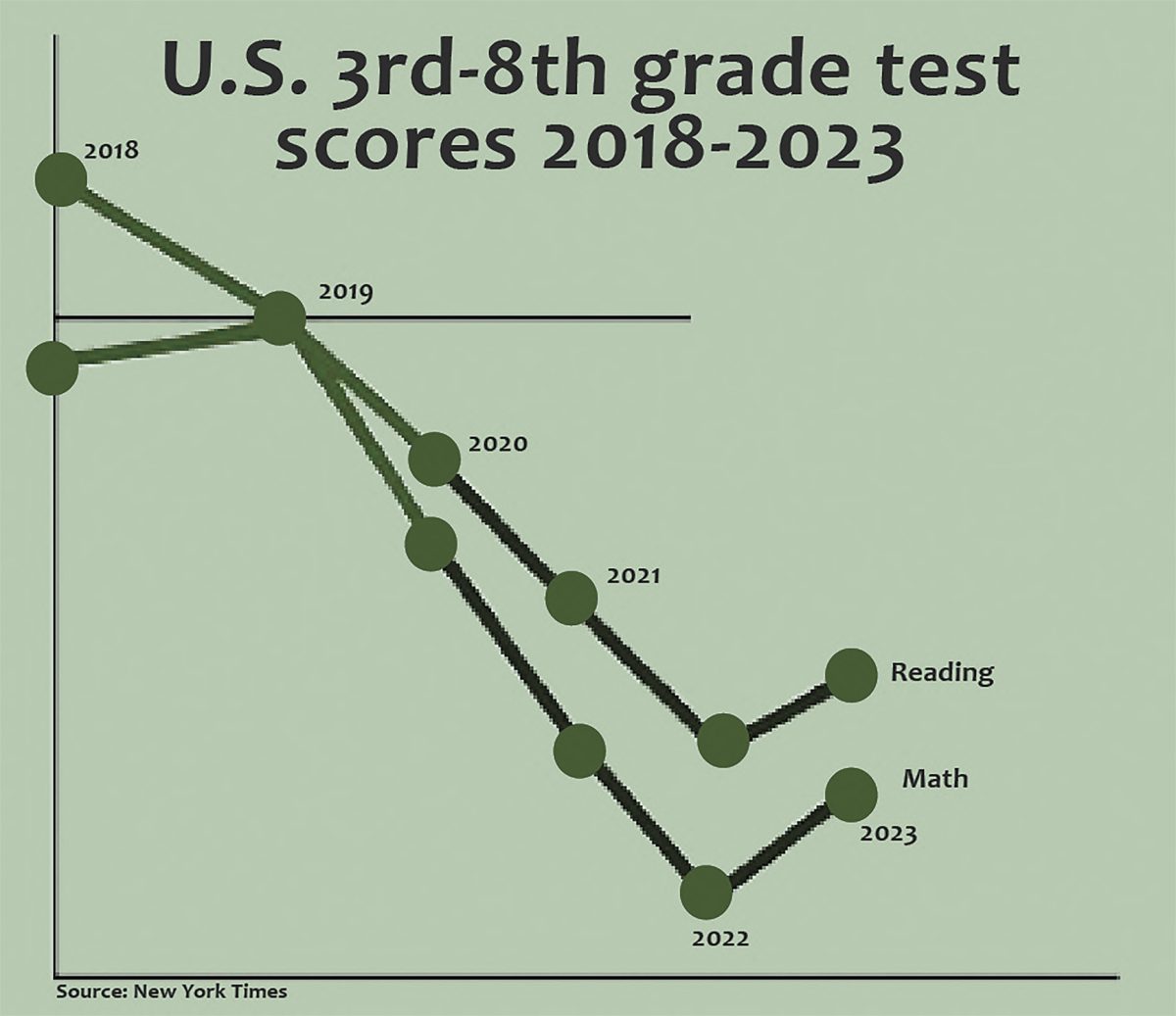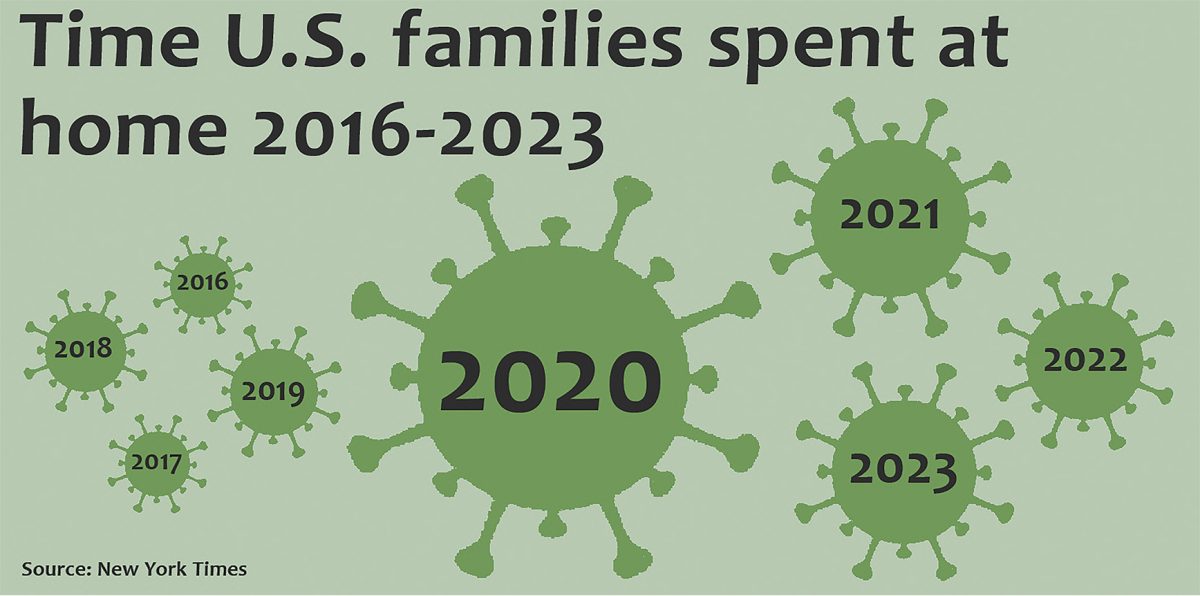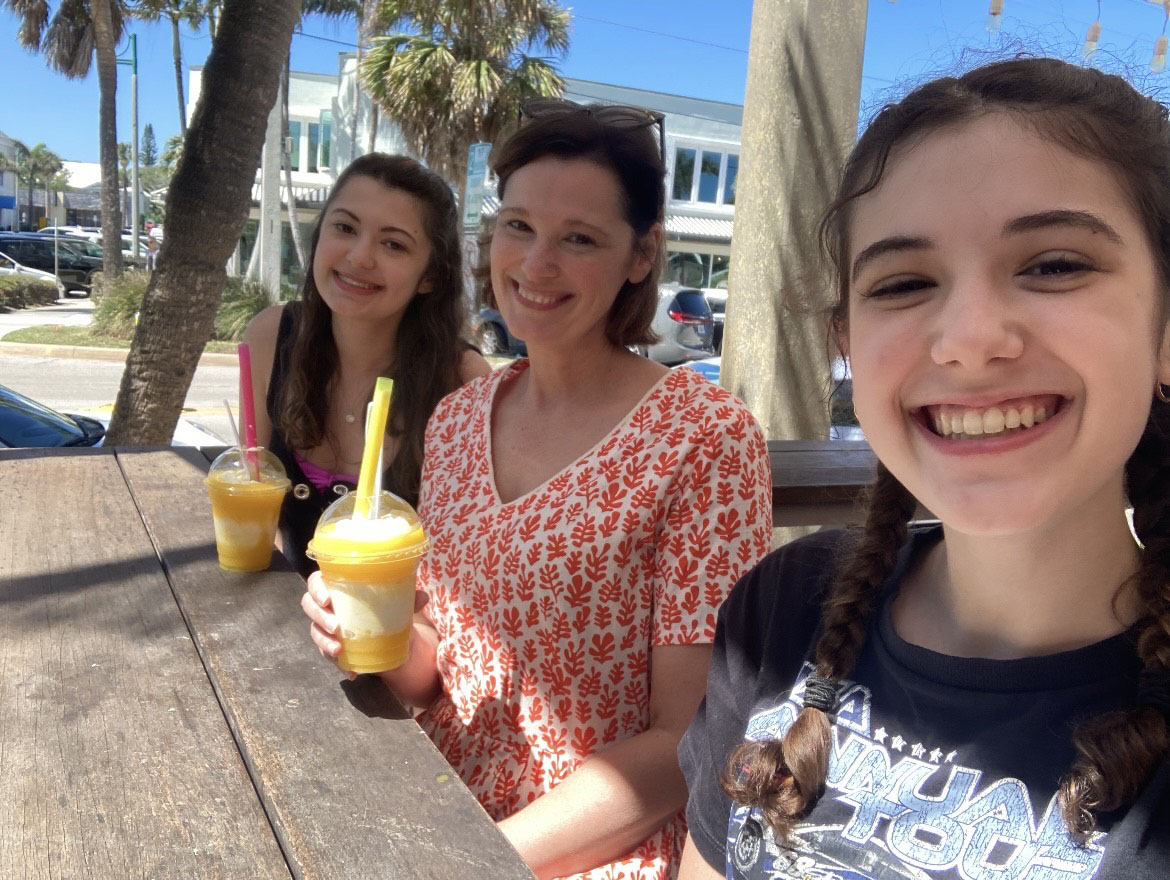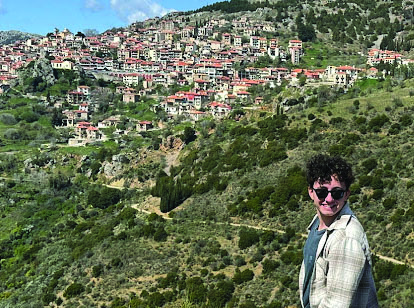Every president wants to leave a legacy behind, one that is consistent with the agenda they have set during their time in the White House. Donald Trump has certainly accomplished this goal. Throughout and before his years in office, Trump has often blamed minorities for problems in the United States. As he departs, Trump will leave behind an America fraught with social tensions largely caused by his incitement of racially-motivated attacks.
Starting with his campaign, Trump normalized racism against several minority groups. According to Time, Trump referred to Mexicans as “job-stealers” in July of 2015, saying, “They’re taking our jobs. They’re taking our manufacturing jobs. They’re taking our money.” By blaming Central Americans for the loss of American jobs, Trump invited the country’s citizens to join him in unnecessarily condemning an entire community.
Trump also advocated for building a wall to block undocumented immigrants from Central America from entering the United States. “Our border is being breached daily by criminals. We must build a wall & deduct costs from Mexican foreign aid!” he tweeted in March of 2015. By choosing to categorize an entire country of people as “criminals” and “job-stealers,” he normalized stereotypes rooted in racism against Central Americans. According to Reuters, hate crimes against Latinos rose over 21% in 2018 during debates over Trump’s hardline immigration policies. When those who harbor similar prejudices see their president expressing the same racist thoughts, it allows for them to feel justified and emboldened in their beliefs.
Trump didn’t limit his racist rhetoric to Central Americans. When COVID-19 arrived in the United States, Trump pinned the blame almost exclusively on China and its citizens. According to NBC News, the former president began referring to COVID-19 as “the China Virus” in March of 2020, despite warnings from CDC officials and the Congressional Asian Pacific American Caucus to avoid using the phrase due to its offensive implications. However, Trump ignored this advice. According to the White House records, in a press briefing issued in August of 2020, the former president again referred to COVID-19 as “the China Virus.” His repeated accusations about China manifested into American citizens also placing fault onto Asian populations. According to The Washington Post, three days after Trump announced his Coronavirus diagnosis in October of 2020, reports found hostile language toward Asians spiked by 85 percent. As the head of the country, Trump could have approached COVID with a plan to protect the country against the virus rather than blaming China and raising aggression against Asian communities.
In June of 2020, as protests against police brutality ensued across the country, the former president vilified Black Americans in tweets attacking the protestors. In May of 2020, Trump tweeted, “These THUGS are dishonoring the memory of George Floyd, and I won’t let that happen…when the looting starts, the shooting starts.” By calling a group of a majority Black protesters “thugs” and “looters,” Trump further perpetuated racist stereotypes against the Black community of criminal behavior and encouraged unnecessary backlash against the largely peaceful protests. In December of 2020, this would lead to violence, with The Washington Post reporting that a Black family in Dallas found their garage graffitied with the words TRUMP 2020 and their car set on fire after putting a Black Lives Matter sign in their yard.
Some may argue that Trump’s racist stereotyping and hostile actions are not any worse than other presidents, considering America’s long history of intolerant leaders. However, Trump’s racist rhetoric, combined with his platform on social media, enabled him to share his views with all of America. Over his four years in office, Trump has made his prejudices easily accessible for the entire public and, through his discriminatory language, has dangerously encouraged violent behavior toward minorities.
Throughout his presidency, Trump’s racist rhetoric has opened the gates for Americans who harbor similar sentiments to feel justified in them. Trump indeed has left a legacy for himself: racially motivated violence he has incited and promoted will continue to haunt America for years to come.

